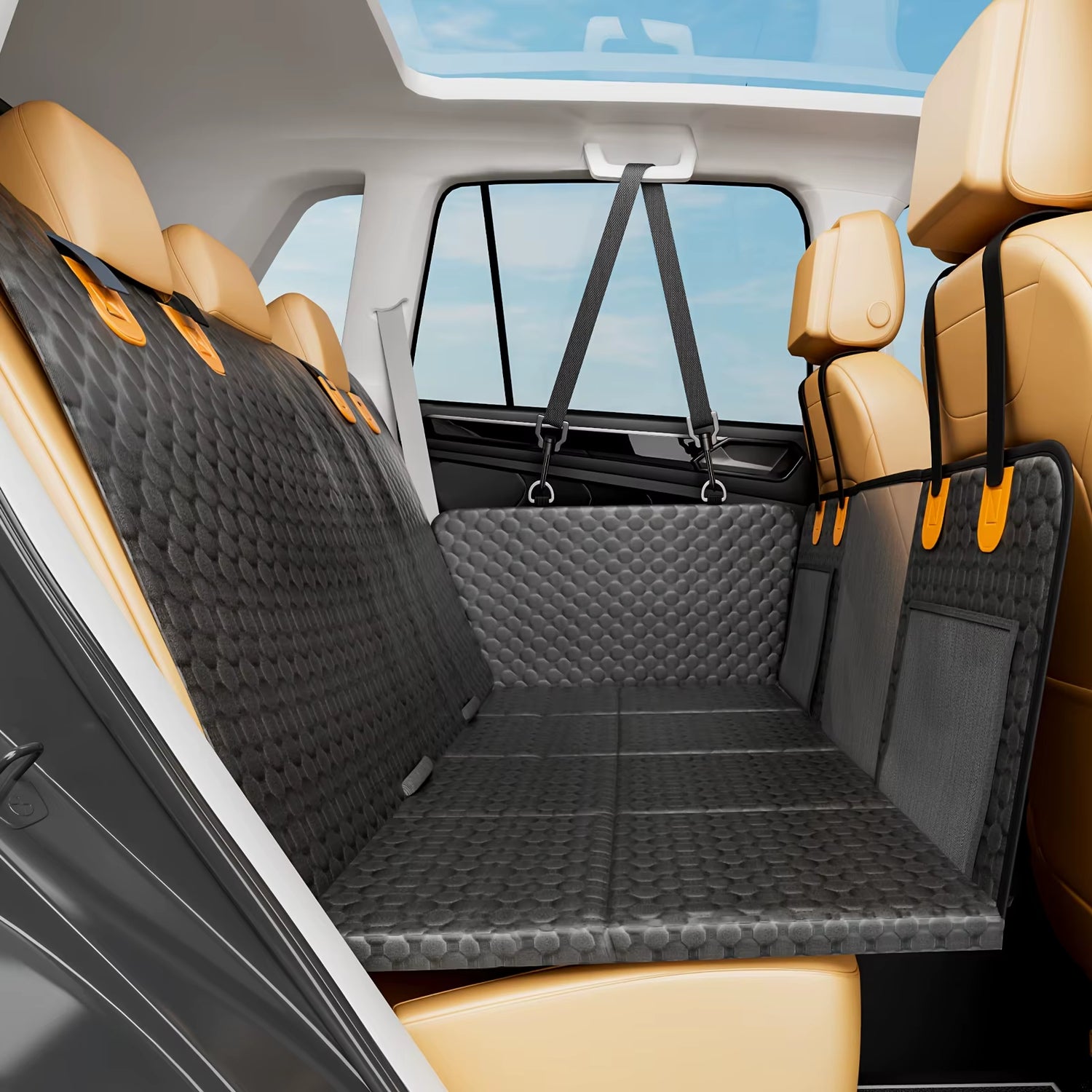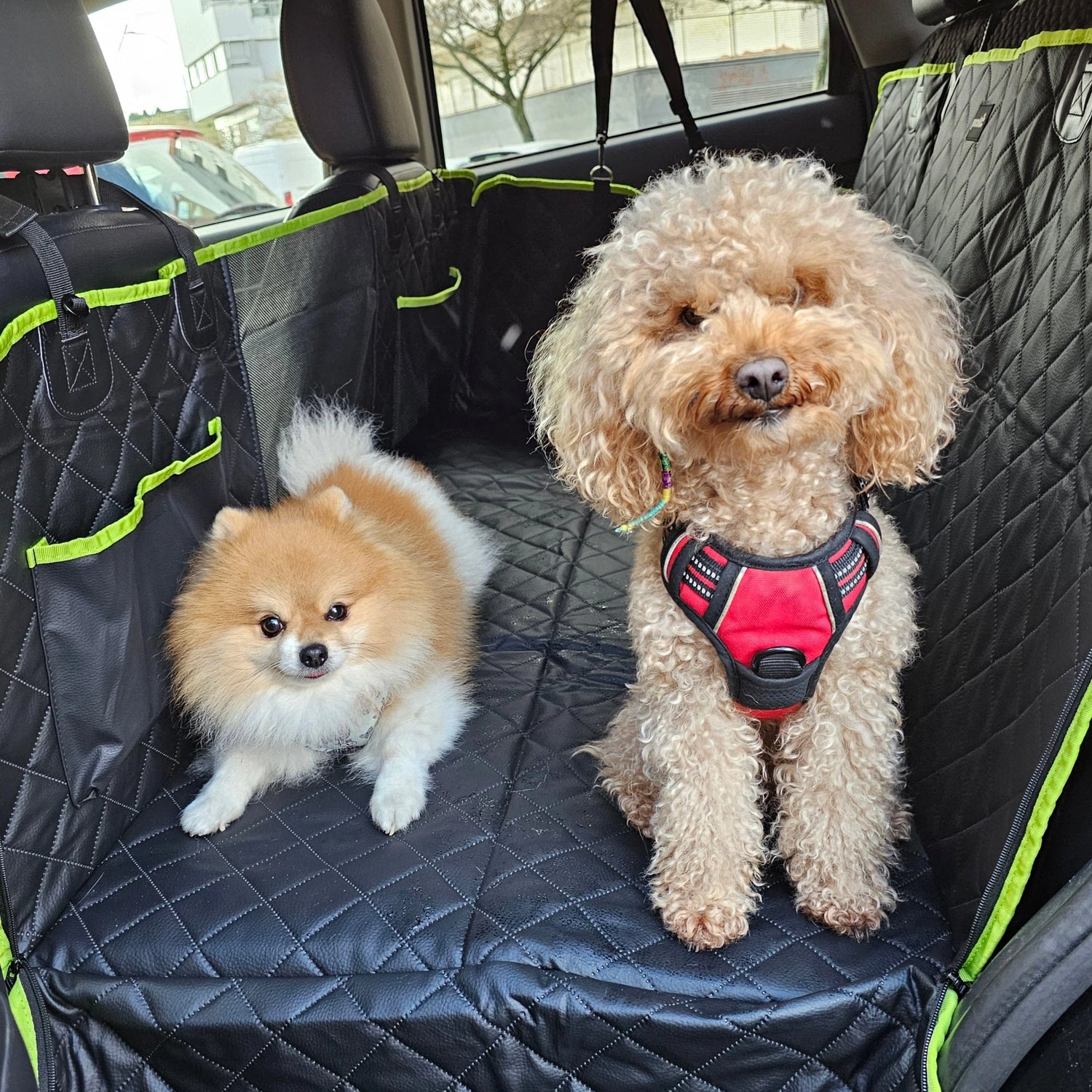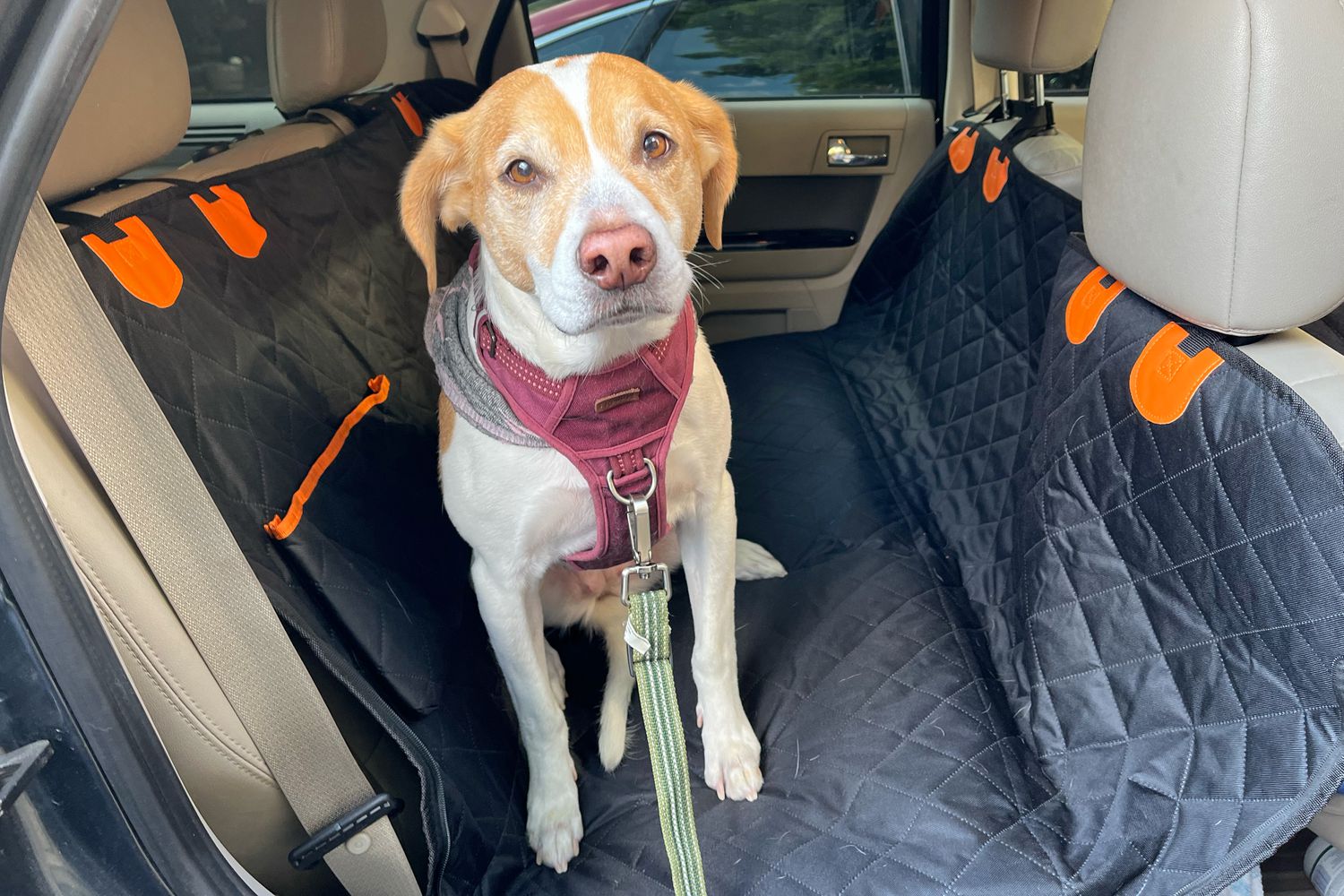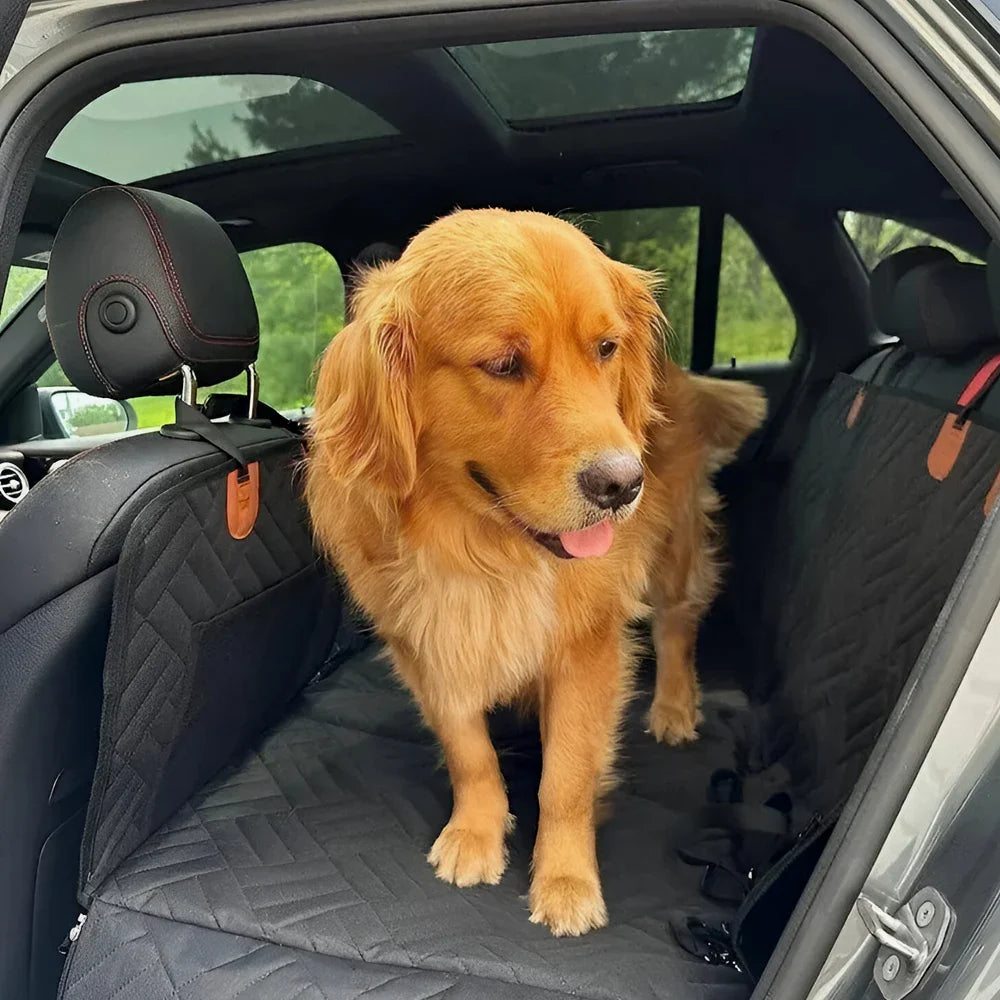After 15 years treating anxious pets, Dr. Sarah Mitchell discovered the hidden problem that's making car rides worse for millions of dogs
If you've ever wondered why your dog seems more stressed in the car despite having a "protective" seat cover, you're not alone. And unfortunately, you might be unknowingly making the problem worse.
My name is Dr. Sarah Mitchell, and I'm a veterinary behaviorist with over 15 years of experience treating pet anxiety disorders. I've published research on canine stress responses and have helped thousands of pet parents create calmer, happier lives for their furry family members.
But about three years ago, I noticed something disturbing in my practice: I was seeing more car-anxious dogs than ever before. Dogs that had previously enjoyed rides were suddenly showing signs of severe travel stress—panting, drooling, destructive behavior, and in some cases, complete refusal to get in the car.
Here's what shocked me most: 73% of these anxious patients were using what their owners thought were "high-quality" fabric seat covers designed specifically for dogs.
The owners were doing everything right—or so they thought. They'd invested in waterproof covers, used calming sprays, brought favorite toys, even tried anti-anxiety medications. Yet their dogs were getting worse, not better.
That's when I realized we had been approaching the problem completely wrong.
The Hidden Anxiety Trigger No One Talks About
-

Dogs encounter
- Bunching fabric that shifts and moves unpredictably under their weight
- Slippery surfaces that provide no traction during turns or sudden stops
- Soft, sinking material that offers no structural support for their body
- Unstable footing that forces them to constantly struggle to maintain balance
-

The behavioral symptoms
- Excessive panting (even in cool weather)
- Whining or vocal distress throughout the ride
- Drooling (a classic stress response)
- Restlessness and inability to settle down
- Destructive behavior like chewing or scratching
- Motion sickness from inability to brace properly
- Reluctance to get in the car (learned avoidance)
-

Consequences
- Damaged car interiors from destructive behaviors
- Msissed family vacations and weekend adventure
- Anti-anxiety medications with ongoing costs and potential side effect
- Cause accidents by distracting drivers
- Constant stress and guilt every time you need to transport your pet
- Secondary phobias and behavioral problems

“Introducing PawGuard™ – The Veterinary-Approved Solution”
- Waterproof barrier protects your car from accidents without compromising stability
- Scratch-resistant surface withstands even the most active dogs
- Secure anchor system prevents any sliding or bunching that could trigger anxiety
- Machine washable maintains hygiene while preserving structural integrity

Immediate Behavioral Benefits:
- Dogs show visible confidence boost within minutes
- Stress signals dramatically reduceNatural, relaxed posture returns
- Many dogs actually choose to lie down and rest during travel
- Motion sickness decreases due to better body positioning

Physical Health Advantages:
- Proper spinal alignment reduces muscle tension and fatigue
- Stable footing eliminates strain from constant balance adjustments
- Better circulation from relaxed positioning
- Reduced joint stress, especially important for senior dogs.
When "Solutions" Make Everything Worse: Max's Story
When "Solutions" Make Everything Worse: Max's Story
Let me tell you about Max, a 4-year-old Golden Retriever who perfectly illustrates this problem.
Max's owner, Jennifer, brought him to my clinic because he had suddenly developed severe car anxiety. "He used to love rides," she told me, tears in her eyes. "Now he hides when I get my keys."
Jennifer had done everything she thought was right. When Max started showing signs of car stress, she purchased a popular fabric seat cover that had thousands of 5-star reviews. The marketing promised it would keep Max "comfortable and secure."
Instead, Max's anxiety spiraled completely out of control.
"We tried everything," Jennifer explained. "Calming treats, thundershirts, even prescription anti-anxiety medication. Nothing worked. Our vet bills hit $800 just trying to figure out what was wrong."
The moment I observed Max attempting to stand on Jennifer's fabric seat cover, I knew exactly what the problem was. Every time the car turned or stopped, the cover would shift beneath his paws. His legs would slide in different directions. He couldn't maintain his balance or feel secure.
I watched his stress signals appear immediately: ears back, tail tucked, excessive panting, and that wide-eyed look of panic that breaks every pet parent's heart.
Max wasn't "suddenly anxious" for no reason. He was responding normally to an environment that felt genuinely dangerous to his nervous system.

Real Results from Real Families
"Dr. Mitchell, I can't believe the difference. Max actually JUMPED into the car yesterday—something he hasn't done in over a year. The change was immediate. He stands confidently, lies down calmly, and we drove two hours to visit my parents without a single whine or stress signal. We have our adventurous boy back!"
Take Action Now!
Thousands of pet parents have already discovered the peace of mind that comes with truly solving car anxiety rather than just managing it.
The special veterinary-recommended pricing won't last long, and with peak travel season approaching, manufacturing demand is at its highest.
Your dog has been trying to tell you what they need. Now you know how to listen.
Sincerely,
Dr. Sarah Mitchell, DVM
Veterinary Behaviorist & Pet Anxiety Specialist



